Paph. sandyanum vs Paph. papuanum vs Paph. ziekianum
In May 2022, William CAVESTRO and Gus BENK from Indonesia published a description of a new species of the genus Paphiopedilum in the e-papers of the German Orchid Society as Paphiopedilum sandyanum.
In an article by Roland SCHETTLER in Orchideenjournal Issue 1 2023, the question is raised why the description of the new species only includes a comparison with the species of Paph found on the Moluccas. mastersianum and Paph. schoseri and the paph. violascens from New Guinea. Looking at the flower and staminode would have a resemblance to the paph. papuanum of New Guinea.
On October 18, 2022, a statement on the subject appeared in the Australian newspaper Telepoea, published by the Sydney Botanic Gardens (Vol 25: 319-321). In an article entitled "A new synonym of the endangerd species Paphiopedilum papuanum" by Olaf GRUSS, Reza SAPUTRA (West New Guinea) and Lina JUSWARA (Indonesia) they define the newly described species Paph. sandyanum as a synonym of Paph. papuanum. A detailed justification for this can be found in the Orchideenjournal.
At this point I try to give a historical review of this Paph. papuanum complex to show:
Paph. papuanum vs Paph. ziekianum vs Paph. sandyanum (here in historical order)
Paph. papuanum was officially described by RENDLE in The Gardeners Cronicle in 1915 with a diagnosis by RIDLEY.
A plant of it flourished in the collection of ROTHSCHILDS after being collected by Cecil Boden KLOSS in 1913 on an expedition to New Guinea (Irian Jaya) at an altitude of 800-1050 meters on Mount Carstensz. Plants of it are also said to have been found in the Arfak Mountains, south of Manokwari.
Another gathering was reported in the highlands of the province of Papua New Guinea south of Mount Wilhelm.
Paph. ziekianum
In 1961, during an inspection trip to the Arfak Mountains (Dutch New Guinea), the Dutchman Jr. ZIECK found a Paphiopedilum that the well-known Paph. violascens looked very similar, but was clearly different. According to his reports, the plant grows at about 1050 m above sea level. M. In very light secondary forest. The site was only 60 x 60 meters and the 60 plants found there were airmailed to Holland.
Dr. Schoser wanted to redescribe the plant in 1966. Unfortunately, he found that none of the 60 plants had survived, although the material was cared for by botanical gardens in Holland and Germany. So the first description as
Paphiopedilum ziekianum SCHOSER based on herbarium specimens and a weak slide
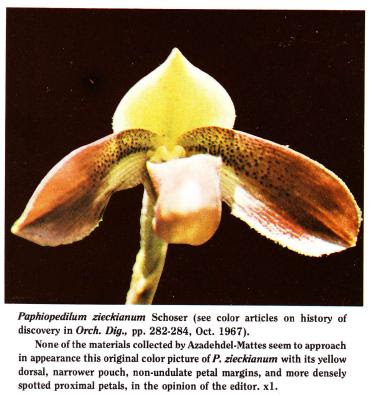
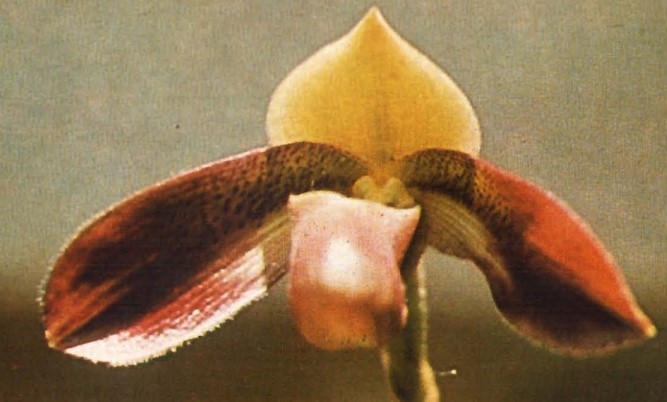
In a travel report from 1987, Paul MATHES describes how he found the described plant south of Manokwari. At an altitude of 1050 meters he found several plants in black loose leaf humus on limestone soil. He only took a few plants home with him. When a plant blossomed, Mr. MATHES gave it to Dr. Pass on SCHOSER. dr SCHOSER found that this plant was definitely the Paph. ziekianum he had described.
At the same time, one plant from the small collection went to England. Mr. Henry AZADEHL stated that this plant probably responded to the description of Dr. SCHOSER fully agrees that at the same time it also refers to the first description of the Paph. papuanum.

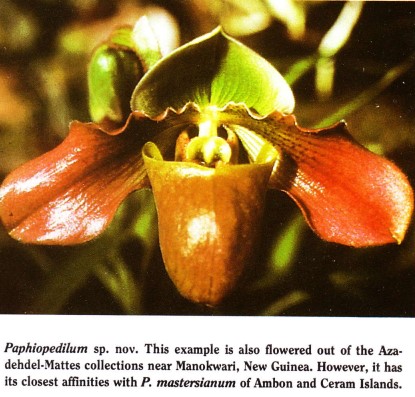
Unfortunately, these plants did not grow very old either and have therefore disappeared from cultivation.
The vast majority of taxonomists now see the name Paph. ziekianum only as a synonym for Paph. papuanum.
Around the turn of the millennium and the years that followed, a few plants sporadically came onto the market in Europe, which were then mainly sold as Paph. ziekianum have been offered.
Occasionally today (2022/2023) bottled goods are also sold as Paph. ziekianum offered.
Paph. sandyanum
According to Sandy Jacob, a plant was first found in October 2019 during geological surveys in the Kabupatan Maluka Tenggara area (Moluccas, Indonesia) at an altitude of 300-400 meters. At the end of 2021, more plants appeared, which then flowered in March 2022. As initially mentioned, these plants were identified by William CAVESTRO and Gus BENK as Paph. sandyanum described.
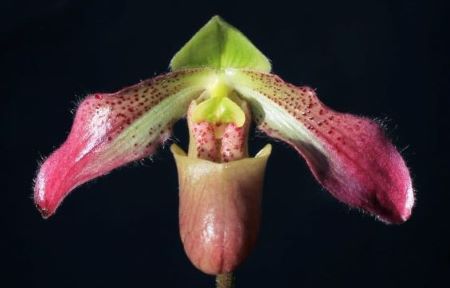
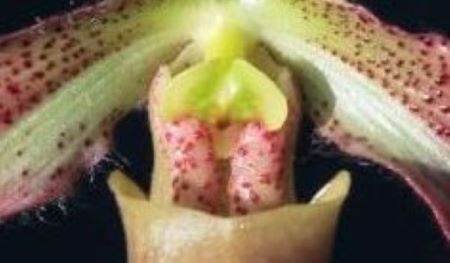
As mentioned above, Paph. sandyanum rather as a synonym of Paph. papuanum viewed.
New locations from Paph. papuanum:
From the article in the Australian newspaper quoted above, it has become known that other Paph. papuanum in the Fakfak region, but also further north of it.
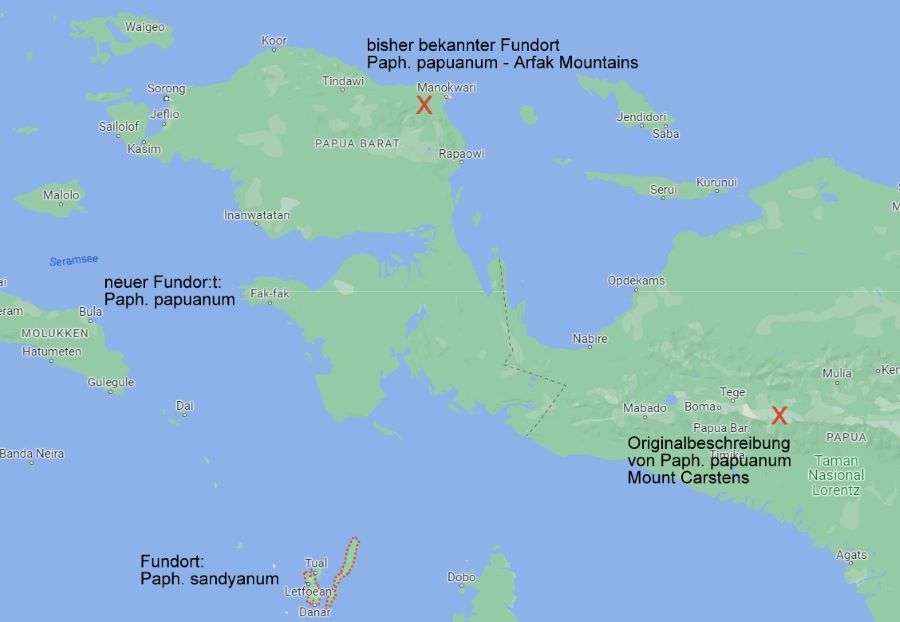
The following pictures from the fakfak region were kindly made available to me by Reza SAPUTRA:
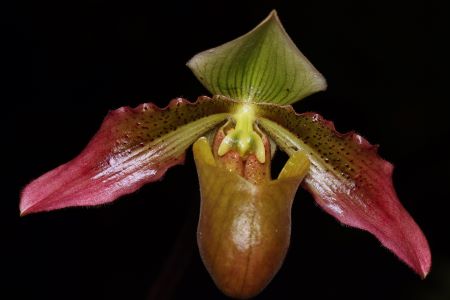
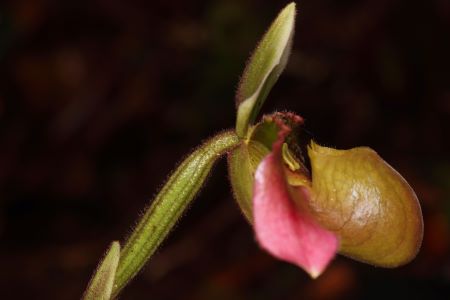
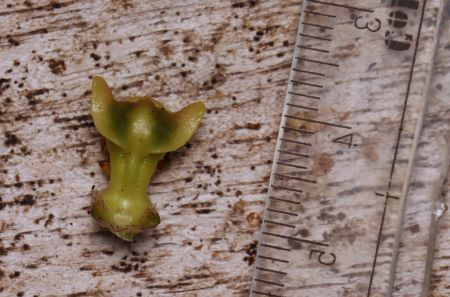

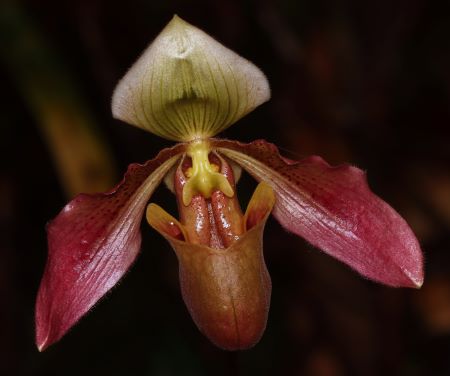

more pictures from the location:
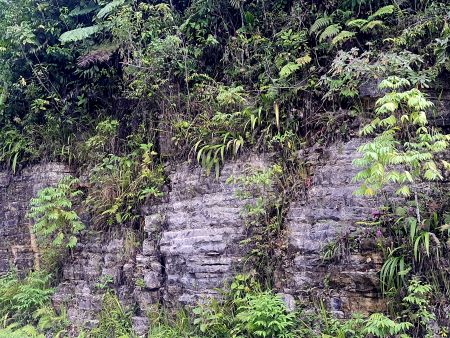
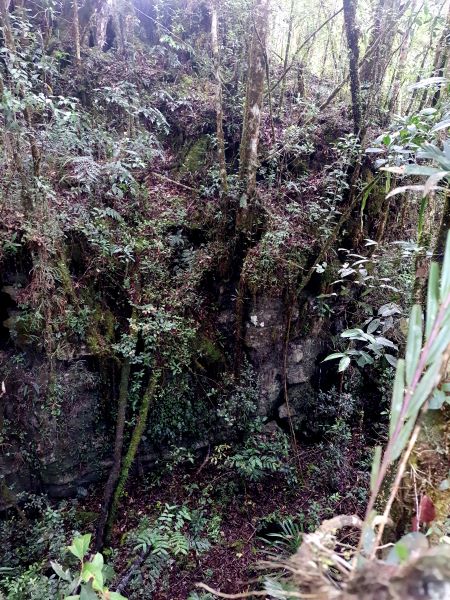
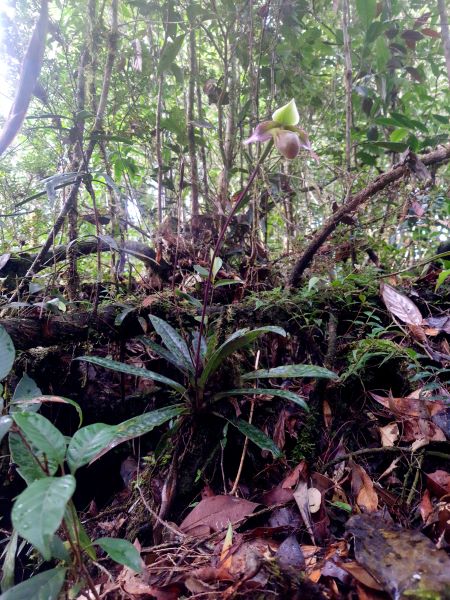

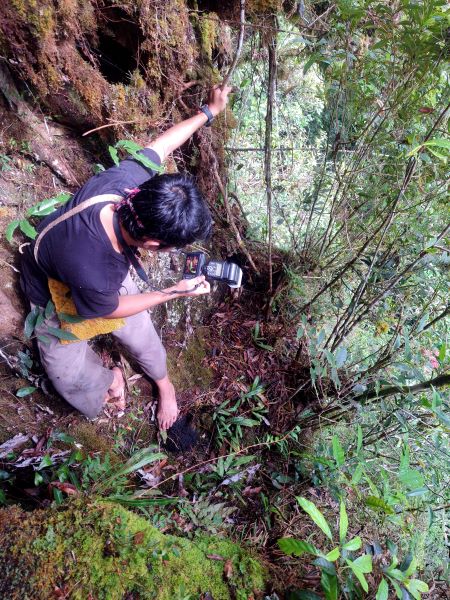
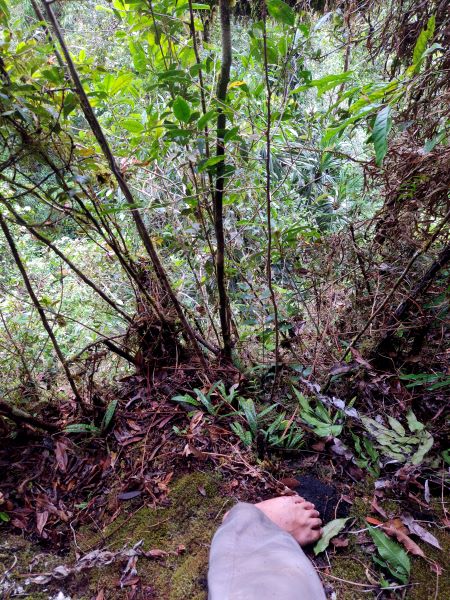
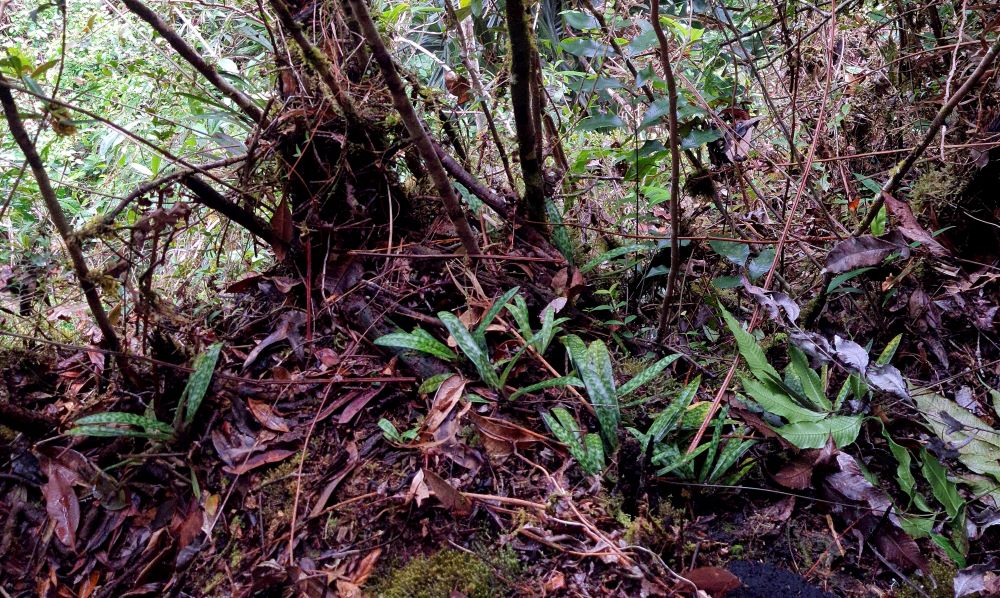
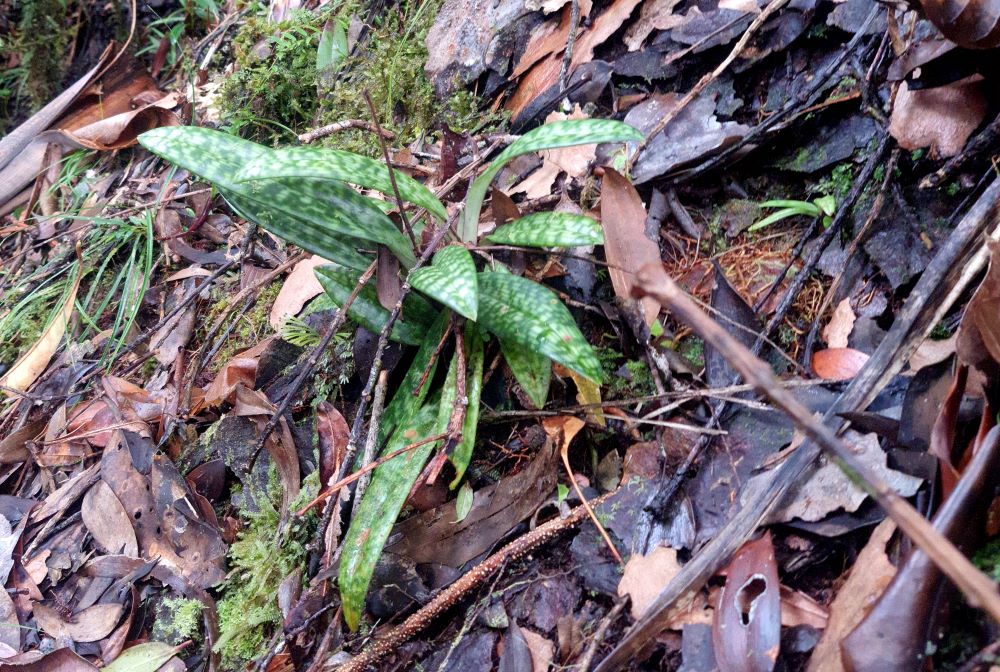
Further information can also be found under the individual species:


